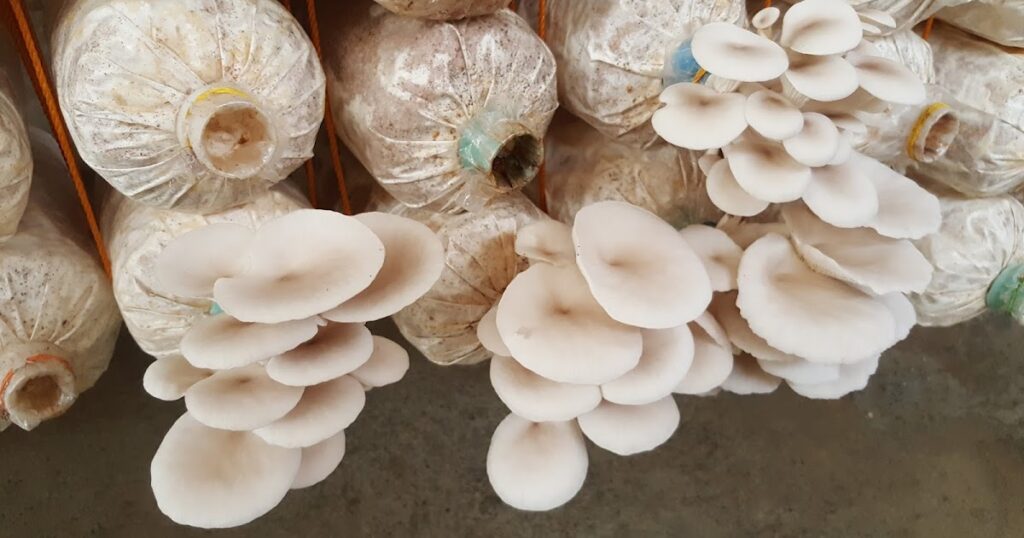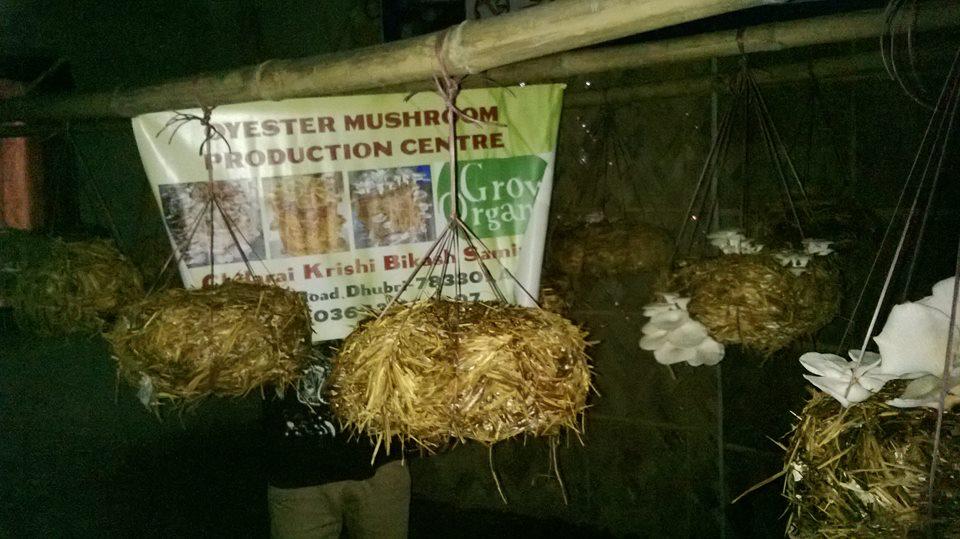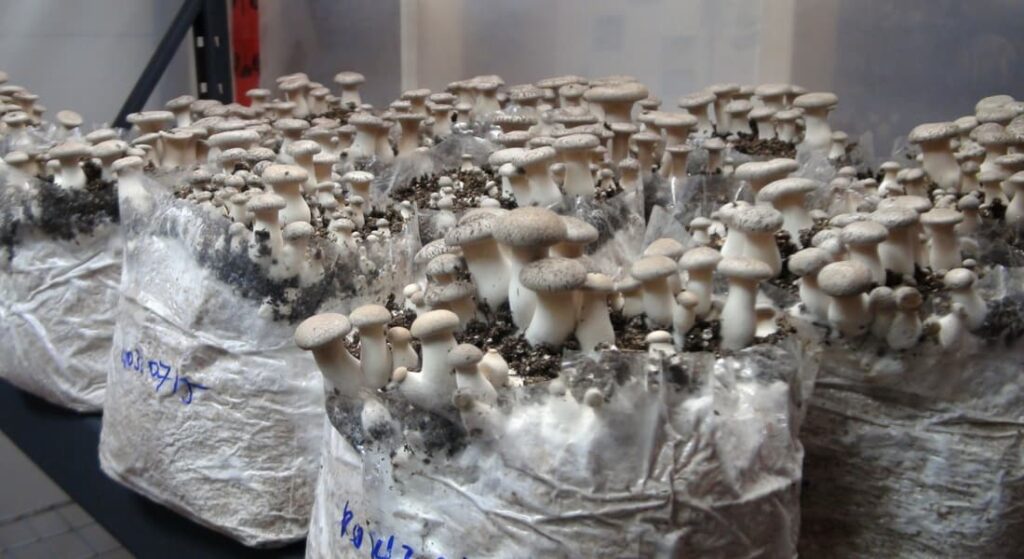Introduction
In recent years, there has been a growing interest in the cultivation of magic mushrooms, also known as psychedelic fungi. These remarkable organisms contain psychoactive compounds like psilocybin and psilocin, which have been used for centuries for spiritual, therapeutic, and recreational purposes. In this blog post, we will embark on a journey into the intriguing realm of magic mushroom cultivation, exploring its history, science, and practical aspects.

Understanding Psychedelic Fungi: A Brief Overview
The Enigmatic World of Psychedelic Fungi
Psychedelic fungi, commonly referred to as magic mushrooms, belong to the genus Psilocybe and other related genera. They are known for their hallucinogenic properties, which are attributed to the presence of psychoactive compounds such as psilocybin and psilocin. These compounds interact with serotonin receptors in the brain, leading to altered states of consciousness characterized by vivid visual hallucinations, enhanced introspection, and altered perception of time and space.
A Rich History of Spiritual and Therapeutic Use
Throughout history, various cultures have revered magic mushrooms for their profound spiritual and therapeutic potential. Indigenous peoples in regions such as Mesoamerica have long used psychedelic fungi in religious ceremonies and healing rituals. For example, the Aztecs referred to them as “teonanácatl,” or “flesh of the gods,” believing that consuming them facilitated communication with the divine.
In the 20th century, researchers like Albert Hofmann and Timothy Leary conducted groundbreaking studies on the therapeutic applications of psychedelics, including magic mushrooms. While legal restrictions stifled research for several decades, recent scientific studies have reignited interest in the potential therapeutic benefits of psilocybin-assisted therapy for conditions such as depression, anxiety, and PTSD.
The Science Behind Magic Mushroom Cultivation
The Basics of Mushroom Cultivation
Cultivating magic mushrooms may seem daunting at first, but with the right knowledge and techniques, it can be a rewarding and fulfilling endeavor. The process typically involves four main stages: substrate preparation, inoculation, colonization, and fruiting.
Choosing the Right Substrate
The substrate serves as the nutrient-rich medium in which magic mushrooms grow. Common substrates include brown rice flour, vermiculite, and pasteurized compost. It’s essential to select a substrate that provides the necessary nutrients and moisture for optimal mushroom growth.
Inoculation and Colonization
Once the substrate is prepared, it’s time to inoculate it with mushroom spores or mycelium. This can be done using spore syringes, liquid culture, or mushroom spawn. After inoculation, the mycelium will begin to colonize the substrate, forming a network of fine white threads known as “mycelial growth.”
Fruiting and Harvesting
Once the substrate is fully colonized, conditions are manipulated to induce fruiting, the stage where mushrooms develop. This typically involves exposing the substrate to specific environmental conditions, such as increased humidity and fresh air exchange. With proper care and attention, mushrooms will begin to emerge from the substrate, signaling that they are ready for harvest.

Practical Tips for Successful Mushroom Cultivation
Creating an Optimal Growing Environment
Maintaining the right environmental conditions is crucial for successful mushroom cultivation. This includes regulating temperature, humidity, light exposure, and air circulation. Investing in a quality grow tent or terrarium can help create a controlled environment conducive to mushroom growth.
Proper Sterilization and Hygiene
Contamination is a common challenge in mushroom cultivation and can lead to failed crops. To minimize the risk of contamination, it’s essential to maintain strict sterilization practices throughout the cultivation process. This includes sterilizing equipment, substrate, and working surfaces using methods such as pressure cooking, steam sterilization, or chemical sterilants.
Patience and Persistence
Mushroom cultivation requires patience and persistence, as it can take several weeks for mushrooms to reach maturity. It’s essential to monitor the progress of your mushrooms regularly and make any necessary adjustments to ensure optimal growth conditions. Remember that each crop is an opportunity to learn and improve your cultivation techniques.
Conclusion
Exploring the fascinating world of psychedelic fungi through magic mushroom cultivation is a journey filled with discovery, learning, and growth. From understanding the science behind mushroom cultivation to implementing practical techniques for success, cultivating magic mushrooms offers a unique opportunity to connect with nature and explore the profound mysteries of consciousness. Whether you’re a novice enthusiast or an experienced grower, the world of magic mushroom cultivation beckons with endless possibilities and untold wonders waiting to be uncovered.

